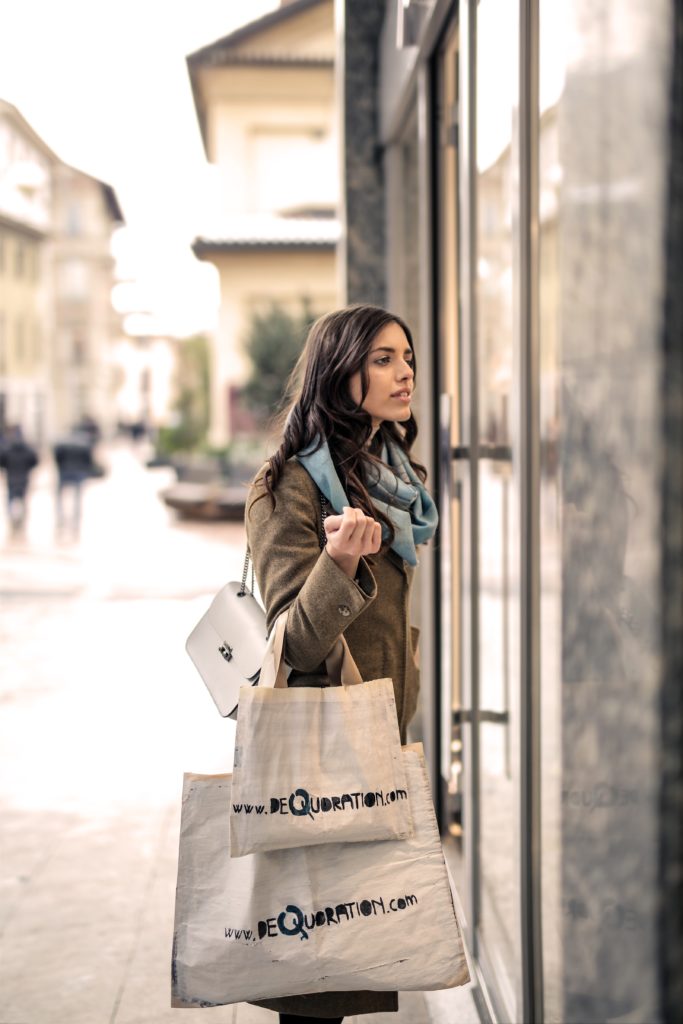We’re tired of the incessant focus on the role of the internet in the death of the high street stories that are constantly rolled out. We’re talking to experts across the industry to understand and celebrate the role digital is playing in not killing but saving our high streets.
Gilles Boisselet, Chief Strategy Officer and Creative Partner, UNIT9
The high street is a cultural space. People come to have experiences and exciting technologies are perfectly placed to provide the type of next-level experiential that they crave.
This is why high street retailers such as Nike are investing in tech-led experiential installations like Reactland: a giant, immersive and personalised video game that’s controlled by the user running on a treadmill.
It’s proved so successful at attracting footfall and promoting Nike’s React shoe that the installation is now going global, with the most recent stop of its worldwide tour hitting Dubai in early February.
When you see escape rooms like LA’s 60OUT charging a $50 entrance fee but flourishing on the high street, it’s clear that retail design should shift towards to technology-enabled experiential in order to attract more footfall.
This will eventually happen so much that you could argue the experience will become the product.
In the experience economy, people are hungry to experience ‘the latest thing’ and this is why LBE (Location Based Entertainment) is really taking off. James Cameron has clearly cottoned on to the promotional power of LBE: his latest film, Alita Battle Angel, is being supported by a paid-for physical experience called Passport To Iron City.
Not only are people paying to see the film, they’re also paying for the supplementary experience and all its associate paraphernalia like snacks, drinks and merchandise. The entertainment industry often leads the way, showing retailers how to optimise advertising costs in selling events courtesy of new experiential tech.
For high street retailers, tech-led LBE can transform a store into a must-see destination, whilst simultaneously generating additional revenue.
So much retail revenue now comes from online. But if retailers begin to reframe their understanding of physical stores as being less about selling inventory and more about marketing through tech-led experiential entertainment, shoppers would have a stronger incentive to return to the high street.
Antony Edwards, COO of Eggplant
23,000 stores in the UK face the threat of closure through 2019. Will technology prove to be the death knell or saving grace?
Today’s consumer is educated, demanding and values convenience above all else. This has placed the onus on retailers to offer a premium, personalised service to each and every customer.
Innovations by brands like Ikea, Topshop and Zara have blurred the lines between the high street store and the comfort of our living room. Virtual reality (VR), augmented reality (AR) and Immersive apps can bridge the divide and entice consumers back to the stores and, even more importantly, take the store home with them.
Invasive marketing is not at all new, and harnessing new technology is just an evolution of the humble catalogue that now comes alive to display your new kitchen or couch or a new wall paper design. Being able to shop this way also has a positive knock-on impact in terms of service quality and positive brand perception, provided the software allows for intuitive navigation and ease of use.
Creating these frictionless digital experiences necessitates rigorous attention to software design and thorough testing. Personalisation will be nothing without data, and VR and AR technology enable a new data collection mechanism that can be fed back into the sales cycles.
However, the big ‘but’ in all of this is price. Right now, the headsets are too cost prohibitive – some costing several hundred pounds per unit. Scale that up to a multinational retailer and the cost is enormous.
This forces a dialogue between the high street and technology providers to find a way to make VR and AR more accessible.”












